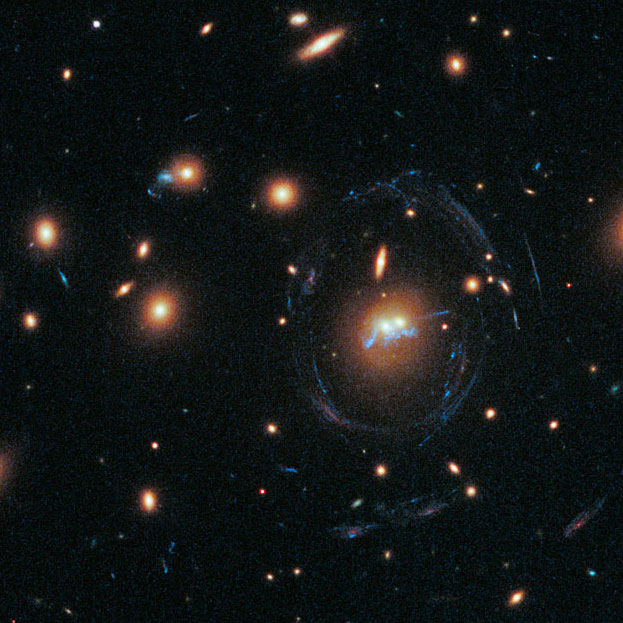Galaxies, in general, do not live in isolation. It has long been observed that galaxies living in environments densely populated with other galaxies form fewer stars, have different shapes, and contain less cold gas than those more isolated. Using triply ionized carbon (C IV), a tracer of ionized halo gas, and neutral hydrogen (H I) we find that galaxies in dense environments also show lower incidences of C IV and H I in their CGM -- and in less dense environments than where the deficiency of cold gas and star formation are typically observed. This may indicate that the same processes that eventually shut off star formation and render galaxies devoid of cold gas in their central regions are first evident in the CGM and set in at relatively low densities, much lower than that of galaxy clusters, the densest regions in the Universe. In clusters, I have shown that even neutral hydrogen (H I), which is ubiquitous in more isolated galaxies, is greatly suppressed. In fact, the H I contents of galaxies show an apparent steady decline from the field to groups to clusters, indicating progressively greater environmental influence on galaxies' gas reservoirs.
Selected Science Results
Click citation for NASA/ADS page

Galaxy environment and the CGM
Burchett et al. 2016
Burchett et al. 2018
Burchett et al. 2020a

The metal-enriched CGM and host galaxy mass
By number, the Universe is dominated by very low-mass galaxies, even though these quickly become difficult to detect at even modest distances. While absorption line spectroscopy, the technique we use to study the CGM and intergalactic medium (IGM), is sensitive to diffuse gas, the galaxy observations necessary to connect the gas to nearby galaxies can easily miss these faint dwarfs. By focusing on the very nearby Universe, we find that the CGM of isolated dwarf galaxies are missing the metal-enriched ionized gas often detected in the halos of more massive galaxies. Because the gas expelled by stars and supernovae can more freely escape dwarf galaxies, this outflowing material may have left the CGM altogether while it would remain trapped by the gravity of massive galaxies.

Chemical evolution of the Universe
Elements such as carbon, oxygen, and iron ('metals' to astronomers) are forged during the lives and deaths of stars. Their cosmic abundances are built-up over many generations of star formation throughout the history of the Universe, and these metals are distributed within galaxies and into the IGM as galaxies evolve. Therefore, models of galaxy formation and evolution must reproduce the abundance, distribution, and evolution of metals in the CGM/IGM to maintain self-consistency while reproducing galaxy masses, shapes, etc. We have characterized the cosmic mass density, number density, and distribution of absorber strengths for triply ionized carbon (C IV) over the last 2 billion years, confirming that the mass density (ΩC IV) has only evolved modestly over the last 9.5 billion years (70% of the age of the Universe). However, the weakest and strongest systems may be suppressed at current times. Our recent work employing the Monte Carlo Physarum Machine slime mold-inspired Cosmic Web reconstruction framework has provided conclusive association between the intergalactic medium gas and the large-scale structure widely emergent from the cold dark matter cosmology. Furthermore, this methodology opens a path forward towards understanding the fueling and feedback of galaxies in their struggle for 'survival' continuing to form new stars.

Gas transport into and out of galaxies
To maintain star formation, galaxies must be fueled by fresh gas from the IGM and recycled gas from the CGM. Conversely, galaxies expel gas through supernova explosions and the activity of their central supermassive black holes. As a case study, we examined the galaxy environment of a C IV absorber located an unusually large distance from any possible host galaxy. Deep follow-up observations revealed a star-forming, low-surface brightness galaxy very close to the absorber on the sky. However, the C IV gas cloud is moving at very high velocity relative to the galaxy. We tested whether the absorber is tracing a high-velocity outflow from the dwarf galaxy but conclude that the dwarf galaxy was likely unable to drive an outflow at such a high velocity. We instead favor a scenario where the absorber traces an extended gaseous disk possibly fueling a more massive galaxy located further away on the sky but at a similar velocity.